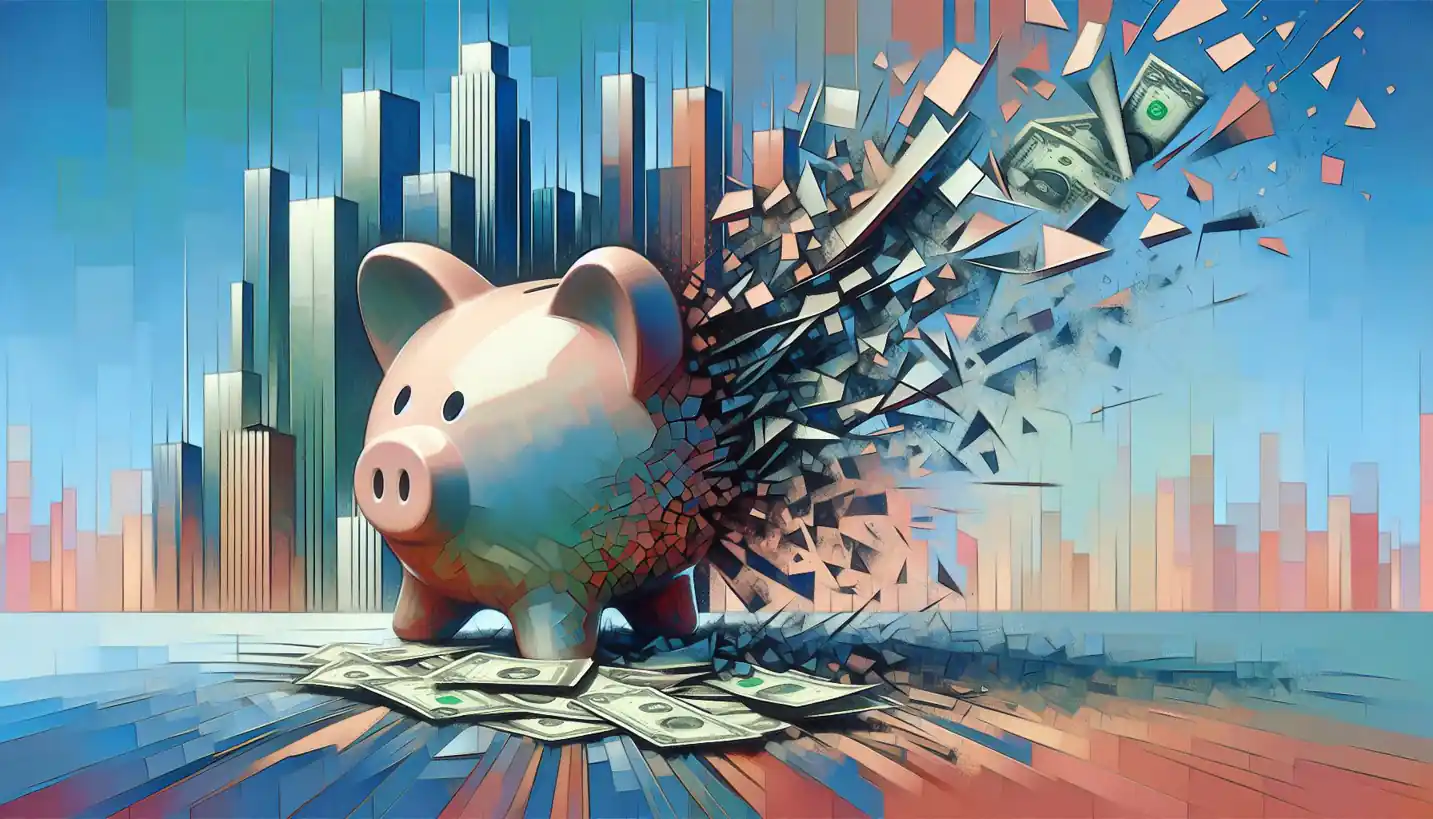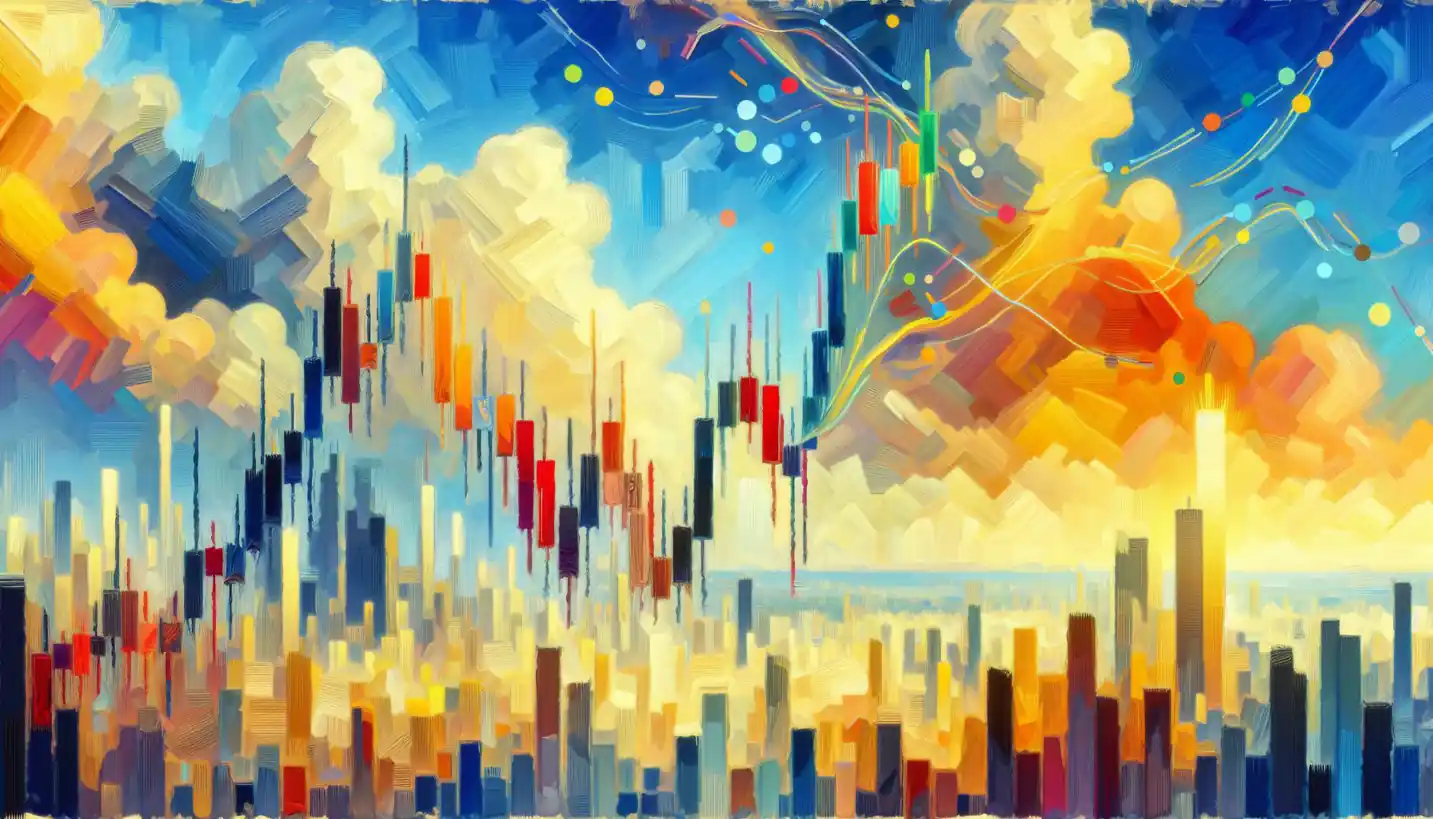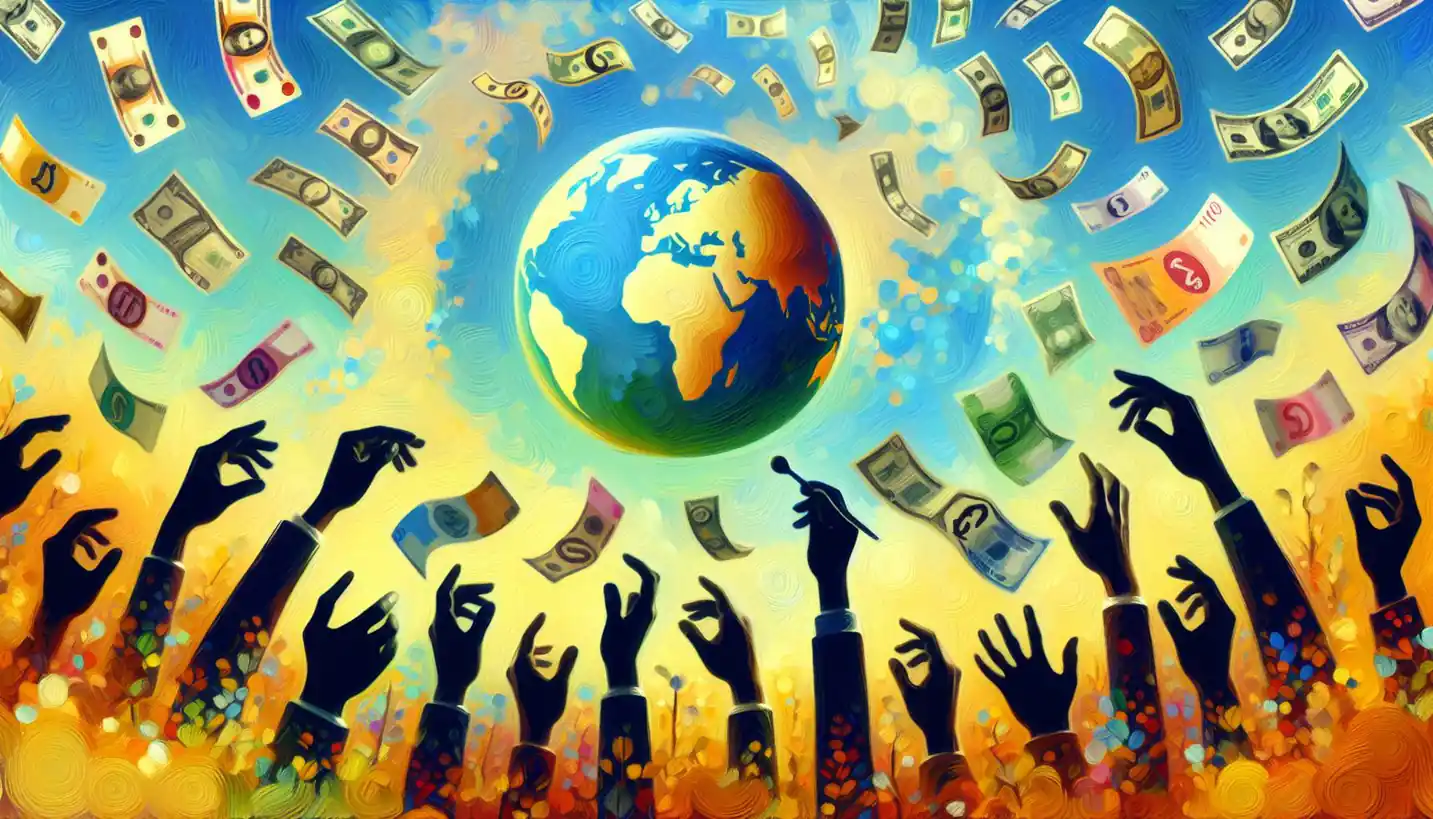· Economics · 4 min read
Free Rider Problem: Understanding the Challenges in Public Economics
The free rider problem complicates public economics by deterring contribution. Learn how it hinders the provision of shared public goods.

Everyone has been there at some point. You’re planning a group project or even a casual get-together, and there’s always that one friend who loves to benefit but never pitches in effort or resources. This kind of behavior isn’t limited to social settings; it’s a real challenge economists face, known as the “free rider problem.” Let’s dive into what this concept means, how it affects our everyday lives, and why understanding it is crucial.
The Essence of the Free Rider Problem
Imagine you live in a small neighborhood where everyone chips in to clean the local park. However, there’s one neighbor who enjoys the clean park but never contributes to the effort. This scenario is at the heart of what economists call the “free rider problem.” It’s a situation where individuals benefit from resources they don’t pay for and rely on others to cover the cost.
This often happens with public goods – things like clean air, national defense, or public parks. These are resources where one person’s use doesn’t reduce availability to others, and you can’t easily prevent people from using them. Because of this, there isn’t a natural market incentive for people to pay for or maintain these goods.
Examples in the Real World
Think about fireworks displays. Many enjoy these dazzling shows, but not everyone contributes to their cost. If the display is funded by a voluntary donation, some might opt out, assuming others will pay, yet still enjoy the spectacle from afar. This behavior can lead to underfunded public goods.
Online content like Wikipedia also showcases this issue. People worldwide use it for free, but few donate to keep the platform running. If everyone took the “let others pay” approach, such valuable resources might struggle to survive.
Why the Free Rider Problem Matters
This problem is crucial because it highlights the challenges in funding and maintaining public goods, which are essential for societal well-being. If everyone decided to be a free rider, we’d risk losing these public benefits, causing long-term negative effects.
Economists study this concept to design better policies. By understanding why people opt out of contributing, they aim to create solutions that ensure public goods are available and sustainable.
Solutions to the Free Rider Problem
One popular strategy is government intervention. By taxing citizens and using the revenue to fund public goods, governments ensure these resources are maintained. National defense, for instance, is funded through taxes, guaranteeing that everyone contributes, even those who might otherwise free ride.
In smaller settings, social pressure and incentives can work. In our neighborhood park example, if a clean-up day becomes a social event with refreshments, more neighbors might participate. Peer pressure and the social aspect encourage contribution.
Technological advancements also provide solutions. Subscription models for online content or paywalls guarantee that users contribute financially. Although this approach transforms public goods into more of a private commodity, it ensures that those benefiting from the service contribute to its upkeep.
The Role of Behavioral Economics
Behavioral economics gives us deeper insights into why people might choose to free ride. It’s not always about greed or selfishness. Sometimes, people underestimate the impact of their contribution or overestimate others’ willingness to pay. Understanding these psychological factors allows policymakers to devise strategies that resonate well with people’s decision-making processes.
Encouraging Public Participation
Public education plays a crucial role. By raising awareness of how everyone’s contributions maintain public goods, individuals might feel more inclined to pay voluntarily. Campaigns highlighting the direct benefits of participation can effectively increase contributions.
Additionally, reward systems or acknowledgments can motivate people. Recognizing contributors can create a culture of generosity and responsibility, discouraging free-riding behavior.
Future Directions and Challenges
Addressing the free rider problem is an ongoing challenge. As global issues like climate change demand collective action and funding, understanding how to encourage contributions is becoming increasingly vital. The stakes are higher, as the implications of widespread free-riding can impact future generations.
New economic models and technological solutions continue to emerge, aiming to tackle this age-old problem. By experimenting with different approaches, societies can find innovative ways to ensure that public goods are preserved and accessible to everyone.
Conclusion: The Path Forward
The free rider problem presents a fascinating dilemma in public economics: balancing individual freedom with collective responsibility. By exploring the behavior behind this problem and implementing tailored solutions, we can maintain the public resources that enrich our lives. Understanding and addressing this issue is essential not only for economists but for everyone who enjoys the many benefits these goods provide.
Ultimately, tackling the free rider problem requires a mix of policy intervention, public awareness, and technological innovation. As we continue to explore these avenues, we pave a path towards a more cooperative and sustainable society.


